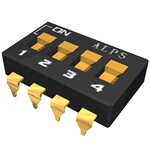Infrared Sensor:
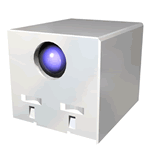
This detects infrared rays sent out by the infrared light-emitting diode (IR-LED) and reflected back by a nearby object, and then transforms them into an electric signal. It also recognizes the signals from the remote control of your home television or videocassette recorder. This allows one to manipulate BontenMaru with a remote control. The Infrared Sensor is to BontenMaru what the eye is to a human being.
Infrared light-emitting diode
(IR-LED):
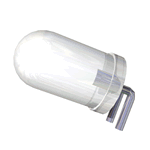
BontenMaru has two IR-LEDs, one at each front corner. Each is operated in turn, sending out infrared light ahead. The Infrared Sensor picks up this infrared light if it is reflected back from any object nearby. An IR-LED is to BontenMaru what a flashlight is to a human being in the dark.
Variable Resistor:
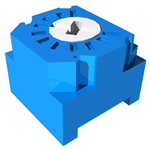
This controls the amount of electric current that flows into the IR-LEDs. The brightness of an IR-LED depends on the strength of the electric current. BontenMaru determines the distance of an obstacle by the strength of the current needed to generate just enough light to be detected by the Infrared Sensor. The Variable Resistor in BontenMaru functions like a person changing the brightness of a flashlight.
Micro Controller:
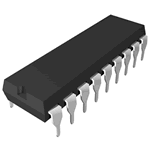
This is the central control mechanism of BontenMaru. It uses the information from the sensor to determine a direction of movement in
accordance with a given Makimono, and controls the driving wheels accordingly. Because this single small chip is the core of its operating system, BontenMaru is often referred to as the "One-Chip Robot." The Micro Controller is to BontenMaru what the brain is to a human being.
Motor Driver:
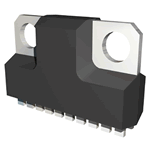
Each of BontenMaru's two wheels has its own motor, each with a driver. These drivers control the electric current needed to run the motors. Motors and Drivers are to BontenMaru what muscles are to a human being.
Light-emitting Diode:
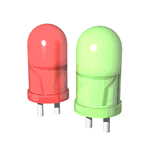
BontenMaru has two ordinary LEDs, one red (on the right) and the other green (on the left). They indicate when the sensor detects infrared light reflected from an object on the corresponding side. For instance, when there is an object on the right, the red LED lights up. The flashes of the Light-emitting Diodes in BontenMaru are similar to gestures in humans.
